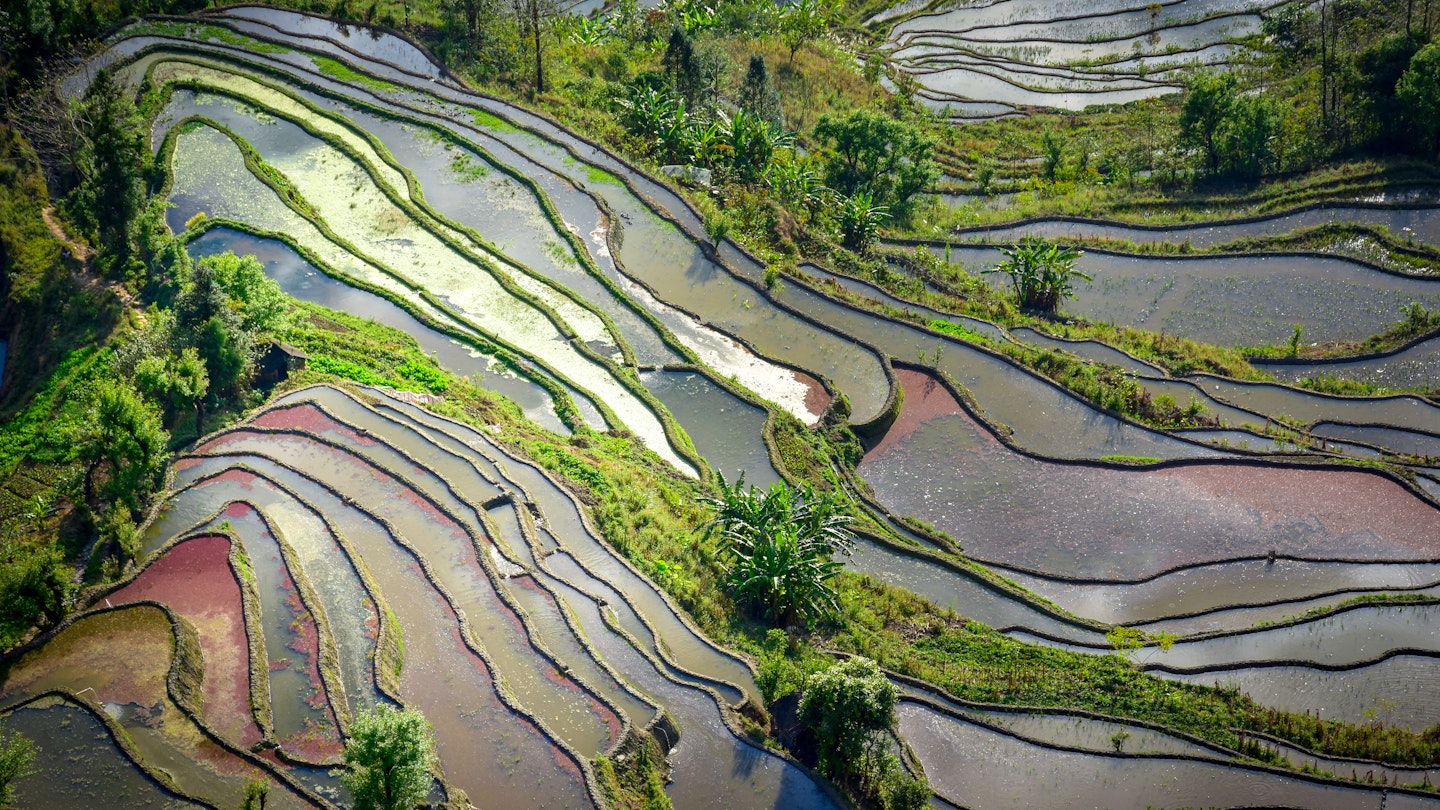China is a vast country, and the optimal time for travel can significantly depend on the region you’re interested in exploring and the type of holiday you envision. Therefore, if you’re at the start of your planning journey and seeking guidance, here are helpful insights on determining the best time to travel to China.
Editor’s note: During COVID-19, additional travel restrictions may apply. It is advisable to check the latest guidance in China prior to trip planning and adhere to local government health advisories.
The most valuable tip is to avoid travelling during the three main national holidays: Labor Day in May, National Day in October, and Chinese New Year. Conversely, if travel during these holidays is necessary, substantial arrangements should be made in advance to accommodate for increased crowds.
High Season (May–August)
During the peak summer months, temperatures can become excessively hot in the southern regions of China, coinciding with the wet season where downpours are frequent. Travelers can expect substantial crowds at prominent tourist destinations, particularly in July and August when children across China are enjoying their summer break. Additionally, accommodation prices spike during the first week of May, making it advisable to avoid travel during this period.
Shoulder Season (mid-February–April, September & October)
This timeframe is favored by many savvy travelers pursuing a more temperate climate. In northern China, particularly, expect optimal weather characterized by fresh air and clear skies, though be cautious of high accommodation prices during the early-October holidays.
Low Season (November–mid-February)
Winters can be harsh in northern China as well as at higher elevations. Those seeking warmer weather must venture to the far south. Domestic tourism typically wanes, excluding the busy and pricier period around Chinese New Year.
January
North China experiences freezing temperatures, while the south remains less frigid. Preparations for the Lunar New Year begin well ahead of the festivities, occurring at varying times between late January and March. The Lunar New Year is a family-centric celebration involving feasting on dumplings and exchanging hóngbāo (red envelopes filled with money). Celebrations peak on New Year’s Eve, after which China embarks on a week-long holiday.
Key events: Spring Festival, Harbin Ice & Snow Festival
February
North China stays exceptionally cold and dry, but regions like Hong Kong and Macau slowly warm up. The Lunar New Year festivities may begin, necessitating advanced ticket arrangements.
Key events: Monlam Great Prayer Festival, Lantern Festival
March
As winter recedes, China comes alive, though high altitudes may still be glacial. Warmer temperatures prevail in Hong Kong as dust storms sweep into Beijing. It remains low season, but travelers embarking on a journey to the southern countryside will be rewarded with stunning landscapes rich in golden rapeseed flowers.
Key events: Beijing International Literary Festival
April
Most regions of China experience favorable temperatures, rendering this an excellent time for exploration. The Qingming festival, which celebrates the honoring of ancestors, also takes place during this period, prompting several days of nation-wide holiday.
Key events: Dai New Year, Luoyang Peony Festival, Third Moon Fair, Formula 1 Chinese Grand Prix
May
In mountainous locales like Sichuan’s Jiuzhaigou National Park, spring blooms transform the scenery. For the first four days of May, China is on public holiday (Labor Day). The eighth day of the fourth lunar month, typically falling in May, marks Buddha’s Birthday.
Key events: Buddha’s Birthday in Xiahe, Circling the Mountain Festival, Great Wall Marathon
June
During June, much of China becomes increasingly hot. Traditionally frozen landscapes like Jilin’s Heaven Lake become accessible, showcasing nature’s vibrant revival.
Key events: Festival of Aurora Borealis, Dragon Boat Festival, Dhama Festival, Shangri-la Horse Racing Festival, Tagong Horse Festival
July
Typhoons can significantly disrupt travel in southern regions, leading to heavy rains that affect the Guangdong and Fujian coastlines. The ‘plum rains’ contribute to a wet season, drenching cities like Shanghai while the grasslands of Inner Mongolia and Qinghai turn lush and green.
Key events: Dali’s Torch Festival, Naadam, Dalian International Beer Festival
August
With temperatures soaring in Yangzi’s notable ‘three ovens’—Chongqing, Wuhan, and Nanjing—the humid and hot environment leads travelers to seek higher elevations in places like Lushan, Moganshan, Huangshan, or Guoliangcun.
Key events: Litang Horse Festival, Qingdao International Beer Festival
September
Beijing offers a delightful atmosphere in September, as this season aligns with the tiāngāo qìshuǎng (‘the sky is high and the air is fresh’) autumnal experience. It is not only a wonderful time to traverse Beijing but also to explore much of northern China.
Key events: Tai Shan International Climbing Festival, Mid-Autumn Festival, Confucius’ Birthday
October
The first week of October is notorious for overwhelming crowds due to the National Day week-long holiday. A more favorable travel experience can be had if one visits mid-month, when tourist numbers dwindle.
Key events: Miao New Year, Kurban Bairam (Gǔěrbāng Jié)
November
As temperatures drop across much of China, tourist numbers also decline, leading many to migrate southward in search of warmer climates. This month marks the beginning of peak surfing season in Ri Yue Bay (Sun and Moon Bay) located in Hainan.




